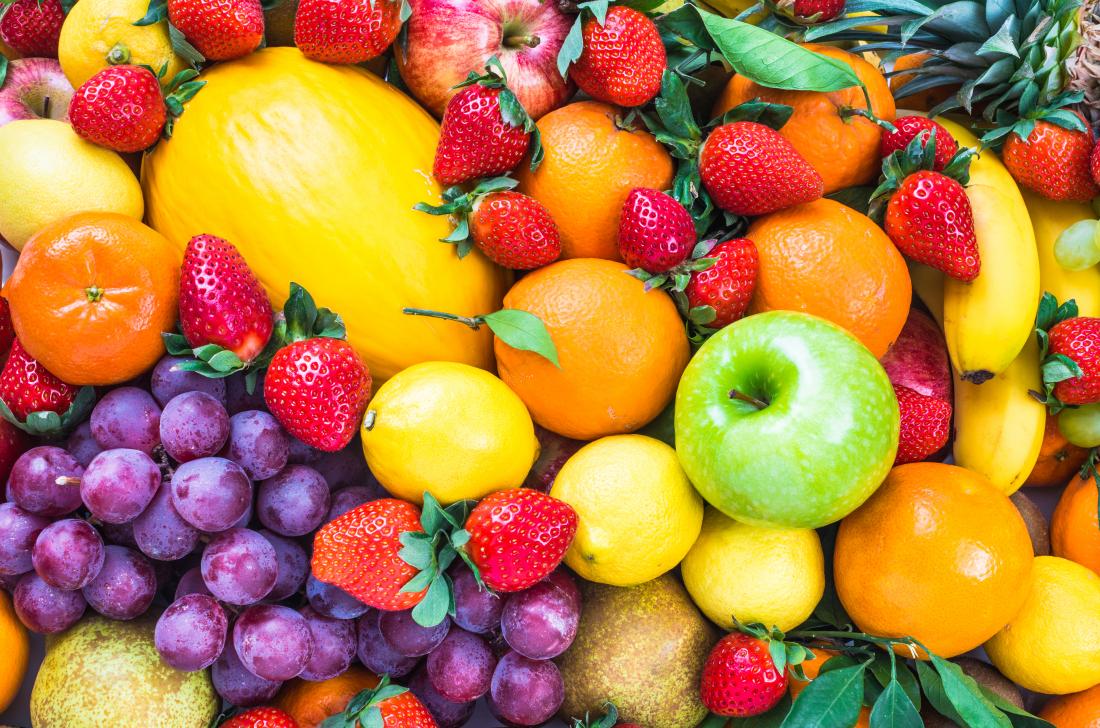In-transit Cold Treatment of Fruit - Freshplaza.com
Fruit pulp temperature monitored and corrected to meet phytosanitary regulations
Fresh fruit travels all over the globe and one of the biggest challenges exporters and importers face is meeting the different cold treatment protocols that are set by the importing nations.
Temperature and duration requirements
There is no one single treatment that is suitable for all destinations and products and as a result, different countries all have different protocols. Each importing country sets its own phytosanitary regulations. These regulations list the conditions that need to be met in terms of temperature and duration. The (internal) fruit pulp is used to measure the temperature, which should be equal to or less than the temperature required by the protocol of the individual importing country. “It’s important to keep the fruit at this temperature throughout the entire duration of the cold treatment process,” says Christian DeBlasio, CEO of Purfresh. For table grapes imported into Australia for instance, the cold treatment protocol requires the grapes to be kept at 0.9⁰C or less for 12 days.
Cold treatment can either happen:
- In the country of origin, before the fruit is shipped.
- In-transit while the fruit is in the reefer container.
- At a transshipment port prior to arrival at destination country.
The protocol of the importing country determines where cold treatment needs to take place and not all countries allow all three options.
Real-time monitoring for Purfresh customers. The system allows customers to see where their containers are at sea, what the travel path of the vessel is, but also what the temperature inside the containers is.
Monitoring temperatures in-transit
“At Purfresh, we specialize in offering in-transit cold treatment management,” said DeBlasio. “It saves product shelf life for the customer, but most importantly, we monitor the fruit pulp probe temperatures continuously while the fruit is on the water.” The Purfresh process for cold treatment includes in-transit reefer container temperature changes, when required. Not only does this ease the clearance process upon arrival, it also guarantees customers that the protocol of the importing country will be met. “The value of a container with fruit ranges from $20k to $150k and if produce doesn’t pass the protocol, in many cases the cargo can be rejected, and the entire value could be lost,” shared DeBlasio. “There is a lot of money at risk.”
In-transit temperature monitoring.
Approval of protocol prior to arrival of vessel
To measure the temperature, three to four probes are installed into the fruit. These probes record the temperature of the fruit at various points within the container. Most containers have temperature probe connectors installed. Purfresh’ data monitoring system is able to download the temperature data from the probes and email it to the government of the importing country. “Between ten and two days prior to arrival of the vessel we transmit the data electronically to the government or cargo receiver and they can approve the cold treatment.” This saves on valuable transit time. The data is transmitted via satellite directly from the individual reefer containers.
Before the fruit gets on the water, Purfresh sets probe temperature alarm thresholds with the customers. “Our automated system monitors the temperature of the fruit 24/7 and if our system monitors a temperature is too high, we send a signal to the container to change the container temperature. It is our job to address a temperature problem before the cargo temperatures deviate from protocols,” said DeBlasio. “It is possible for as many as 1 out of 15 containers under cold treatment to get rejected, but with our service we offer our customers a 100 percent guarantee.”
Patrick Inkster, President of California-based Fiesta Fruit, uses Purfresh’ services to monitor the temperature of grapes shipped from the US to Australia. “We are very happy as Purfresh follows the temperature while the grapes are in-transit and they make adjustments during transit if needed.” Fiesta’s containers are usually placed on the deck of the vessel and that’s when Purfresh’ system performs best, according to Inkster. The data with downloads from Purfresh has proven to be very valuable. “One time, the monitoring system of the container wasn’t working, but the downloaded data from Purfresh was enough. The Australian government accepted the cargo without a problem.”
For more information:
sales@purfresh.com
www.purfresh.com
www.intellipur.com
Publication date : 1/29/2019
Author: Marieke Hemmes
© FreshPlaza.com

